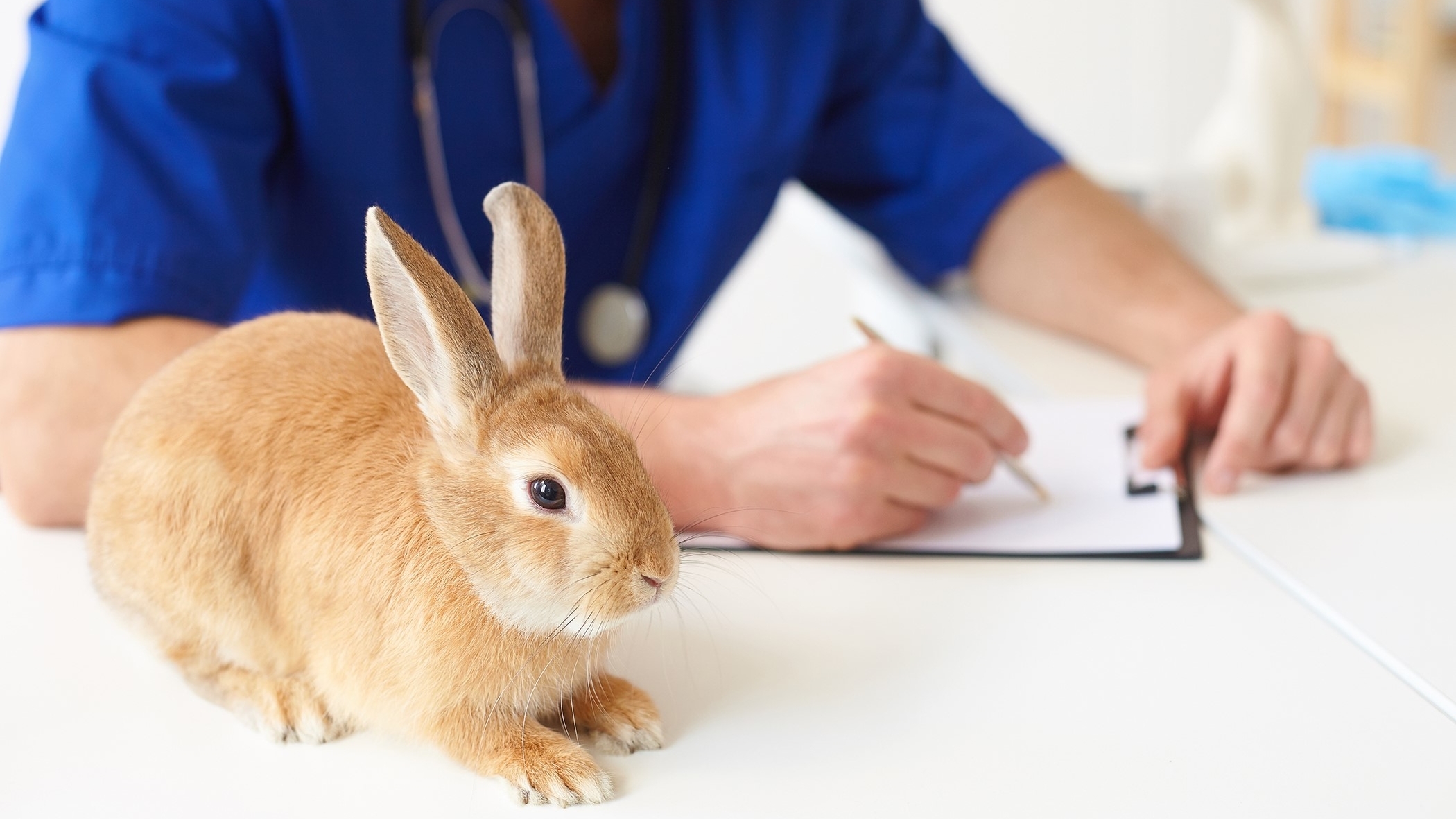The Written Program of Veterinary Care

The written program of veterinary care is an important tool that supports the attending veterinarian’s authority. It represents the relationship between the licensee or registrant and the attending veterinarian by documenting instructions of the attending veterinarian and the facilities agreement to carry them out.
A written program of veterinary care is required for all facilities with a part-time attending veterinarian or consultant arrangement. In accordance with the newly published Licensing Rule, a written program of veterinary care is also required for all dogs (regardless of the attending veterinarian’s schedule with the facility).
A well written program of veterinary care will provide guidance for preventive care, common veterinary issues, and when a call to the attending veterinarian is warranted. The more details and directions the attending veterinarian can include in the program of vet care, the better the facility staff will be able to understand and follow the directions as expected. Adequate details also help our inspectors verify that licensees and registrants are following your instructions when we are at the facility.
An attending veterinarian may create their own written program, use one of the forms provided by the USDA, or have the licensee or registrant write up a program that the attending veterinarian would then review and approve.
While specific topics are not required for animals other than dogs, it is appropriate to use the written program of veterinary care to document a facility’s program to prevent, control, diagnose, and treat diseases and injuries. Topics that may be covered include:
- Contact information for the attending veterinarian and any emergency contacts
- Vaccine schedules as appropriate for the species
- Parasite control for internal and external parasites
- Euthanasia by attending veterinarian or for procedures allowed by licensee/registrant under the attending veterinarian’s training/direction
- Pest control
- Quarantine procedures
- Nutrition, especially for exotic species
- Congenital conditions
- Proper storage and handling of medications/biologics
- Safe handling practices for difficult animals
- Capture and restraint methods for wild and exotic animals. If the program of veterinary care includes more than one method, it is helpful to include a detailed description of all capture and restraint methods a facility might use.
- Proper use of analgesics/sedatives
- Species specific behaviors and/or social needs
- Zoonoses
- Water quality for marine mammals
If a licensee or registrant will be providing veterinary nursing care when the attending veterinarian is not on site, the attending veterinarian is encouraged to provide written instructions for the following to help ensure the procedures are conducted as intended.
- Administering medications
- Administering vaccinations and parasite preventative medicines
- Caring for wounds and other pre- or post-procedural care
- Caring for animals recovering from surgery
Our regulations provide attending veterinarians with the flexibility to determine which topics are relevant to each facility and therefore should be included in the written program of veterinary care. There are a few topics, however, that are required to be addressed in a written program of veterinary care for dogs:
- Annual physical examination
- Vaccine schedule for rabies, distemper and parvovirus is required
- Sampling and treatment of parasites and other pests. Must describe a schedule for heartworm, fleas, and intestinal parasites.
- Preventive care and treatment to ensure healthy and unmatted hair coats, properly trimmed nails, and clean and healthy eyes, ears, skin, and teeth
The requirements for a written program of veterinary care for dogs are described in greater detail under, "How does the new Licensing Rule affect veterinary care for dogs?"
Guidance for Off-Label Use of Medications or Vaccines
The attending veterinarian should provide written instructions for any off-label use of drugs, vaccines, or treatments. The instructions will need to provide details such as dosage, route of delivery and frequency. The attending veterinarian may choose to document off-label use instructions in the written program of veterinary care. Alternatively, the written instructions may be provided in the medical record or as treatment instructions at the time the medication is prescribed.
Regulated facilities are required to follow the directions in the written program of veterinary care.
The best way to ensure an attending veterinarian’s guidance is followed is to include it in the written program of veterinary care.

